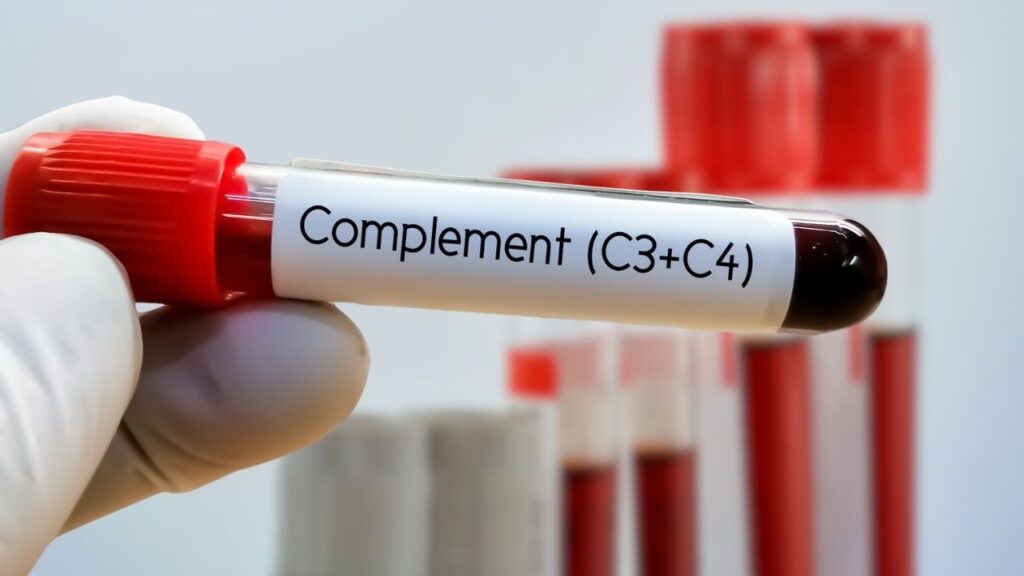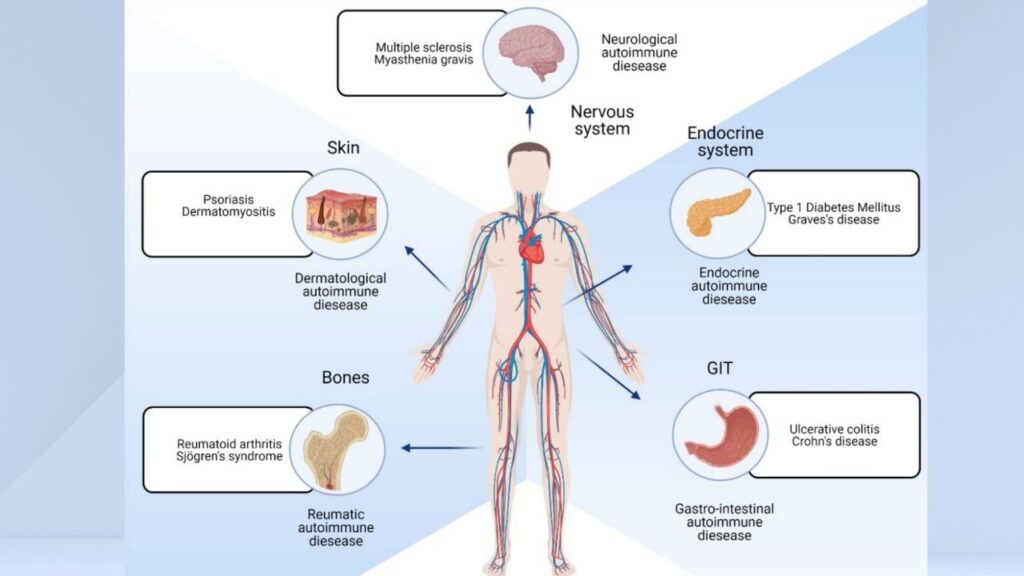Scientists Crack 500-Million-Year-Old Code: The complement system—a network of proteins that has protected living beings for half a billion years—has long been a mystery to scientists. But in a stunning breakthrough, researchers have finally cracked the code that controls this ancient and vital part of our immune system. This discovery not only deepens our understanding of human biology but also opens new doors for treating diseases and designing safer medical therapies.

In this article, we’ll break down what the complement system is, why this discovery matters, and how it might change medicine. Whether you’re a curious student, a healthcare professional, or just someone interested in how your body works, this guide will make the science easy to understand and practical to apply.
Scientists Crack 500-Million-Year-Old Code
| Feature/Fact | Details |
|---|---|
| What is the Complement System? | A group of ~50 proteins in your blood and tissues that help fight infection and clear invaders. |
| How old is it? | About 500 million years—one of the oldest parts of the immune system. |
| Recent breakthrough | Scientists decoded the mathematical “rules” that trigger the system to attack or ignore invaders. |
| Why does it matter? | Understanding this can help prevent autoimmune diseases and improve therapies. |
| Official resource | Cleveland Clinic: Complement System |
The complement system is a 500-million-year-old network of proteins that helps your body fight infection and stay healthy. Thanks to a recent scientific breakthrough, we now understand the mathematical code that controls when this system attacks or ignores potential threats. This discovery could lead to safer medicines, better treatments for autoimmune diseases, and smarter medical devices. Whether you’re a student, a professional, or just someone who wants to stay healthy, knowing how your immune system works is more important than ever.
What Is the Complement System?

Imagine your immune system as a high-tech security system. The complement system is like a team of security guards that patrol your blood and tissues, always on the lookout for intruders like bacteria, viruses, or even damaged cells.
- Made of about 50 proteins: These proteins are made in your liver and move through your body, ready to spring into action if they spot trouble.
- Inactive until needed: Most of the time, these proteins are “off.” But if you get a cut or an infection, they switch “on” in a precise order, like dominoes falling in a row.
- Part of the innate immune system: This means it’s your body’s first line of defense—fast, automatic, and always ready.
How Does It Work?
When triggered, the complement system sets off a cascade—a chain reaction where one protein activates the next. This can:
- Mark invaders for destruction (opsonization)
- Attract immune cells to the site of infection (chemotaxis)
- Burst the membranes of harmful cells (cell lysis)
- Help clear out dead or damaged cells
If the system doesn’t work right, you’re at risk for serious infections or autoimmune problems, where the body attacks itself.
The 500-Million-Year-Old Code: What Did Scientists Discover?
For decades, scientists knew the complement system was powerful, but they didn’t fully understand how it decided what to attack and what to ignore. The big question: How does this ancient system know the difference between friend and foe?
The Breakthrough
A team of researchers cracked the mathematical code that controls this decision-making process. Here’s what they found:
- Critical Percolation Threshold: The system looks for a certain density of “complement-binding sites” on the surface of an invader. If there are enough, it triggers an attack. If not, it leaves the cell alone.
- Mathematical Model: Using lab experiments and computer simulations, scientists mapped out the exact conditions that make the system switch from “ignore” to “attack.”
- Why It Matters: This explains why some bacteria escape detection, why some medical devices trigger immune attacks, and how autoimmune diseases might start.
Why Is This Discovery Important?
1. Better Disease Treatment
Understanding the complement system’s “rules” helps doctors and scientists:
- Develop drugs that turn the system up (for infections) or down (for autoimmune diseases).
- Design safer vaccines and implants that don’t accidentally trigger an immune attack.
2. Safer Medical Devices
Medical implants and some drugs can accidentally activate the complement system, causing inflammation or rejection. Now, with this new knowledge, engineers can design materials that avoid triggering the system.
3. Fighting Autoimmune Diseases
Sometimes, the complement system attacks the body’s own cells, leading to diseases like lupus or severe complications after a stroke. By understanding the code, doctors can find ways to prevent these attacks.

How Does the Complement System Actually Work? A Step-by-Step Guide
Let’s break it down into easy steps:
Step 1: Detection
- The complement proteins patrol your blood, looking for anything unusual—like bacteria or viruses.
Step 2: Activation
- If a threat is detected, the first protein in the cascade is activated.
- This triggers a domino effect, activating more proteins in a specific order.
Step 3: Attack
- The activated proteins can:
- Mark the invader so other immune cells can find and destroy it.
- Punch holes in the invader’s membrane, causing it to burst.
- Call for backup by attracting more immune cells to the area.
Step 4: Cleanup
- After the threat is gone, the system calms down and stops the attack, preventing damage to healthy cells.
The Three Pathways: How the Complement System Gets Activated
There are three main ways the complement system can be triggered:
1. Classical Pathway
- Activated when antibodies (from the adaptive immune system) bind to an invader.
2. Alternative Pathway
- Activated directly by the surface of certain pathogens, without needing antibodies.
3. Lectin Pathway
- Triggered when specific proteins (lectins) bind to sugars on the surface of microbes.
All three pathways lead to the same result: the destruction of the invader.
Real-World Examples: Complement System in Action
- Bacterial Infection: When bacteria enter a cut, the complement system quickly marks and destroys them, helping you heal faster.
- Vaccines: Some vaccines work better because they trigger the complement system, giving you stronger protection.
- Medical Implants: Sometimes, the system mistakes an artificial heart valve for a threat, causing inflammation. With the new code, scientists can design implants that are “invisible” to the immune system.
New Quantum Glasses Could Unlock Optimal Error Correction Codes for More Stable Quantum Computers
Astronomers Identify New Kind of Cosmic Explosion Far Brighter Than Supernovae
Tiny Nanoneedle Cancer-Detection Patch May Replace Painful Biopsies
FAQs About Scientists Crack 500-Million-Year-Old Code
What happens if the complement system doesn’t work?
If your complement proteins are missing or not working, you’re at higher risk for serious infections and sepsis.
Can the complement system cause harm?
Yes. If it attacks your own cells, it can cause autoimmune diseases or reactions to medical implants.
How is this discovery useful for doctors?
It helps them design better treatments for infections, autoimmune diseases, and safer medical devices.
Is the complement system unique to humans?
No. It’s found in almost all animals, from fish to humans, and has been around for about 500 million years.
Practical Advice: Keeping Your Immune System Healthy
- Eat a balanced diet: Your liver needs nutrients to make complement proteins.
- Get enough sleep: Rest helps your immune system work properly.
- Stay up to date on vaccines: Some vaccines help “train” your complement system.
- See a doctor if you have frequent infections: You might have a complement deficiency.






